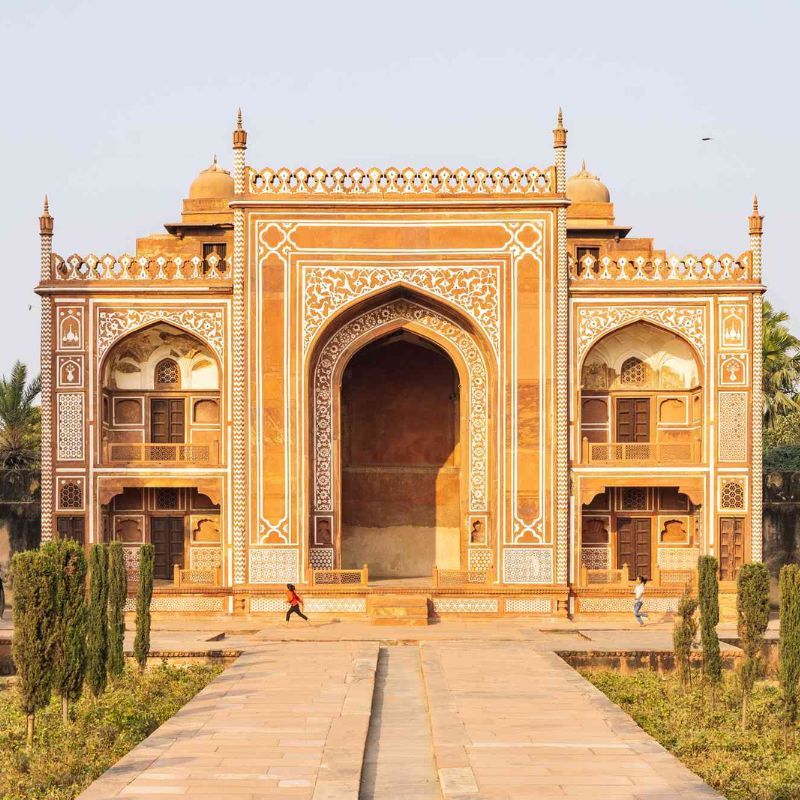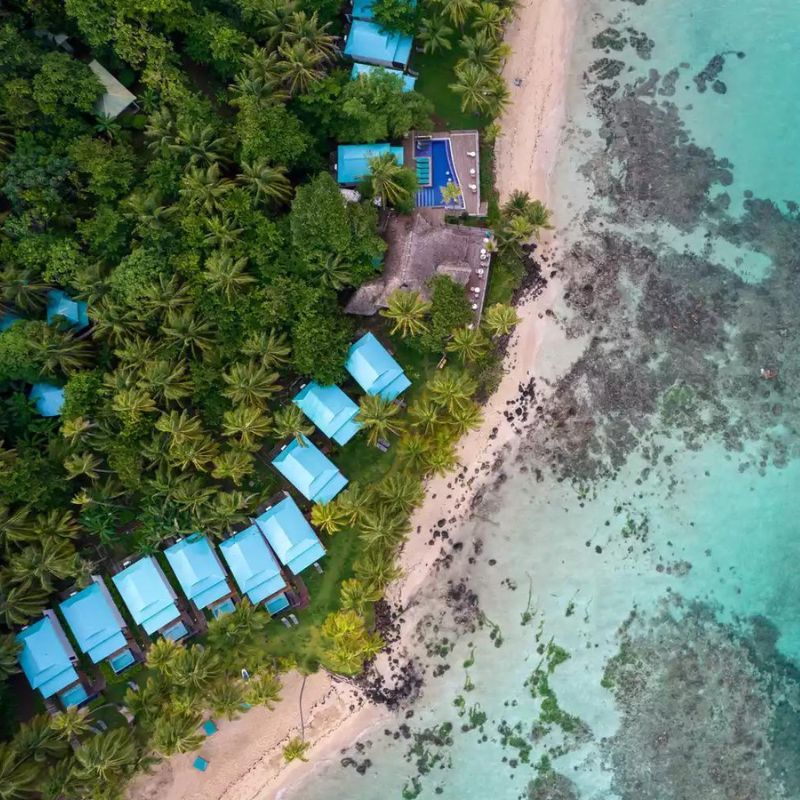
There is an undergoing tug of war between forces of development and heritage in Nairobi. Travel + Leisure India & South Asia’s contributor walks the streets of the city to understand which influence will eventually dominate.
It should have been overwhelmed. After all, I was in Nairobi National Park in Kenya, one of the few wildlife parks adjacent to a capital city. Three lionesses had just passed by me, unmindful of the crush of gaping tourists and ignoring the persistent clicks of cameras. However, my eyes remained transfixed on the horizon.
There, on a flat landscape—its backdrop spattered equally with the orange hue of the morning sun and the brown of hung dust—several concrete pillars stood erect, cutting across the national park for as far as the eyes could see. On them ran a train track, over which an orange-white train slid smoothly. The whole construct seemed as if built by extraterrestrial creatures who may have landed on Earth last night, and who found this jungle a suitable place to land their ships. This concrete stretch seemed irreconcilable with its surroundings. It looked ugly.
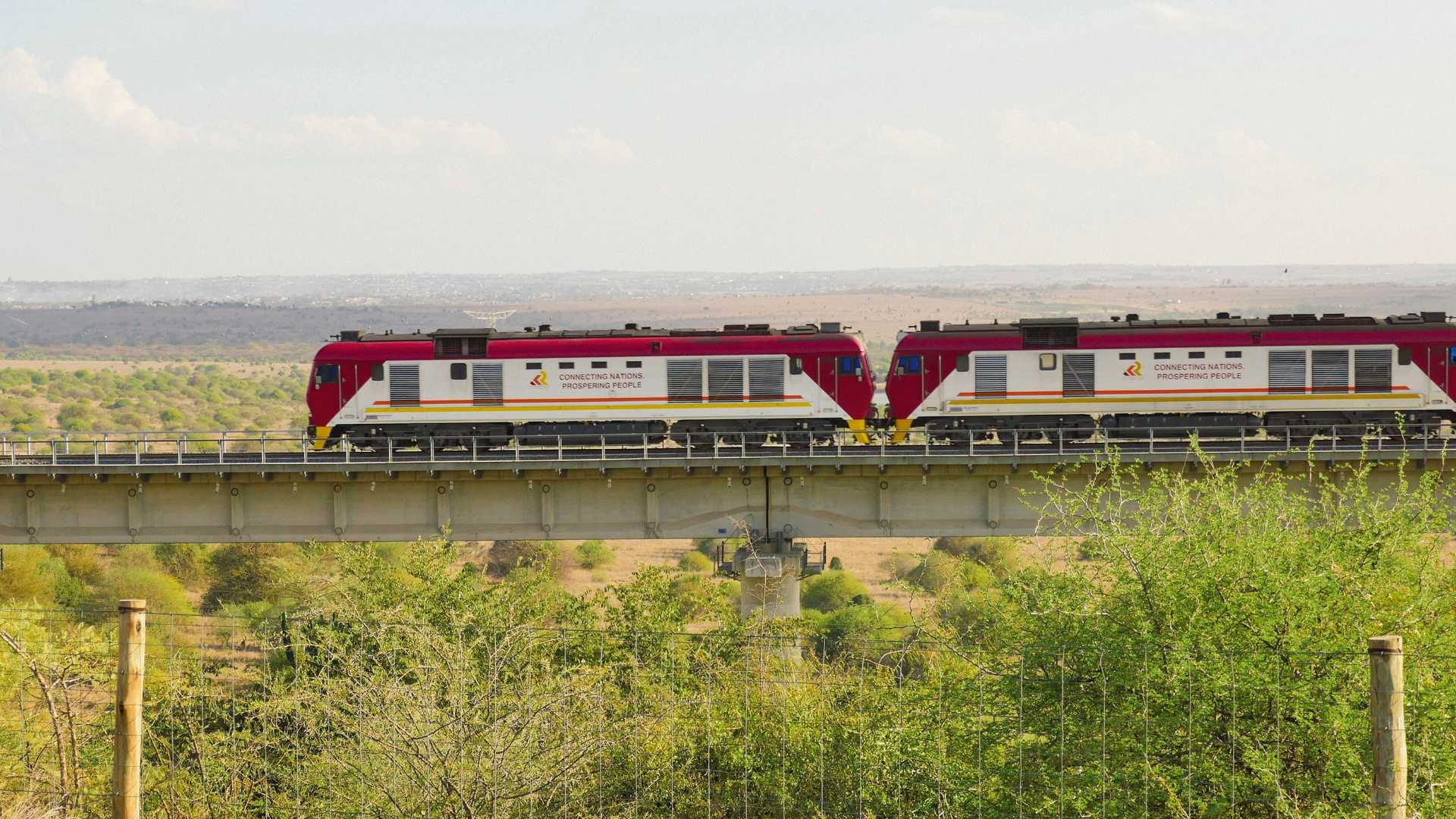
“What’s that?” I asked Edward, my guide. He caught my eye and shook his head. “Railway. Should have connected us to Uganda,” said Edward. I later learned that this standard gauge railway was an ambitious project of the Kenyan government. The train starts in Mombasa, runs across not only Nairobi National Park but other iconic national parks in Kenya. It passes Nairobi before its final stop in the Kenyan town of Duka Moja in the middle of the forest. The stretch to Uganda was never completed.
The government decided to build the new rail line from grounds up instead of renovating its existing rail network, which was originally constructed by the British. This time they sought the help of the Chinese. The mounting debt to China and linked stories of corruption were at the centerstage of the elections that were ongoing while I was in Nairobi.
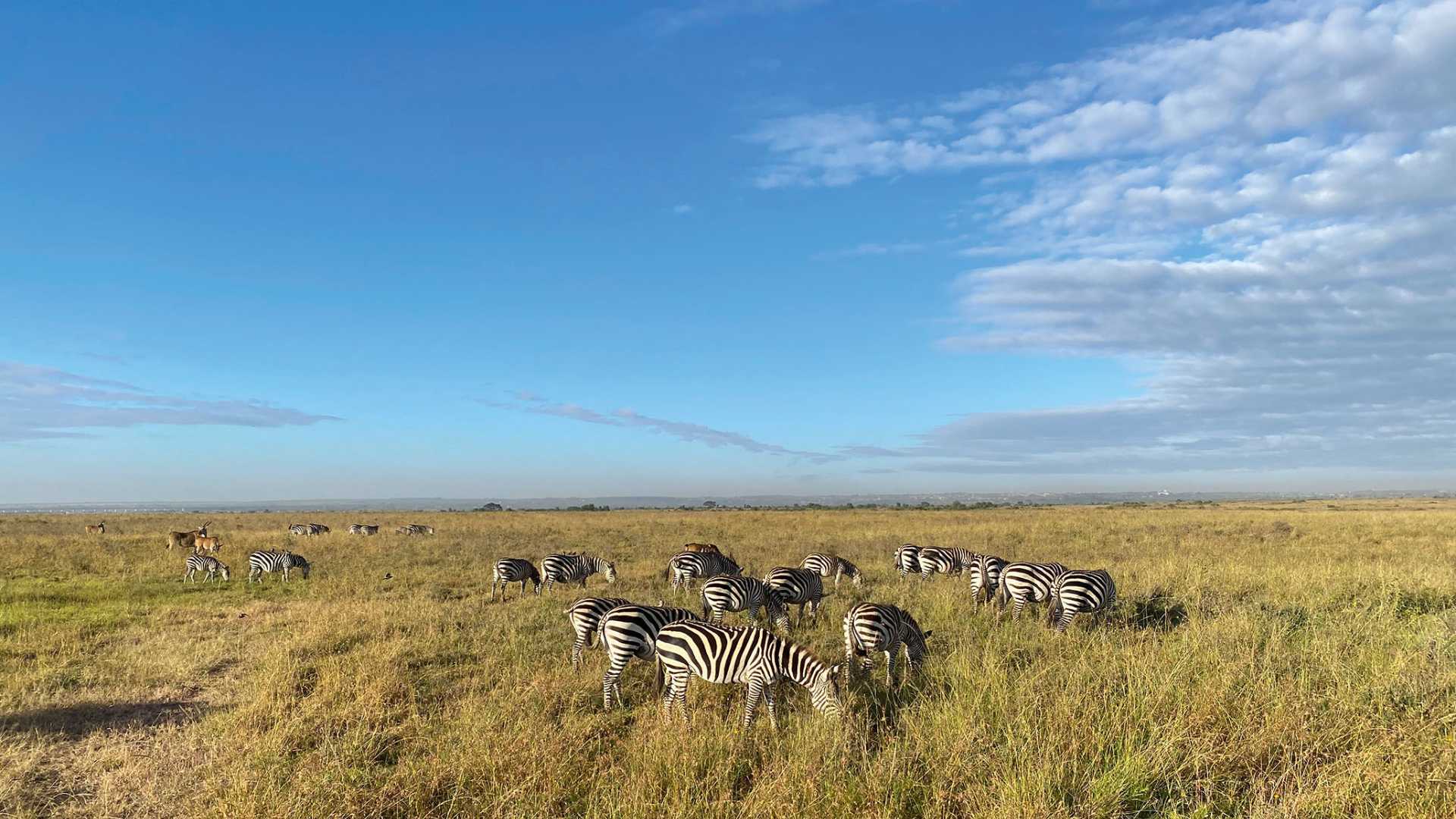
That morning, in the park, I saw lionesses, zebras, giraffes, and crocodiles. However, what remained with me as I left the national park was the concrete construction that bisected the park. Surely, environmentalists have questioned its existence and how it has led to an environmental degradation in Kenya. Still, it exists, much like an ink blot on white paper, a reminder of the age long conflict between development and nature.
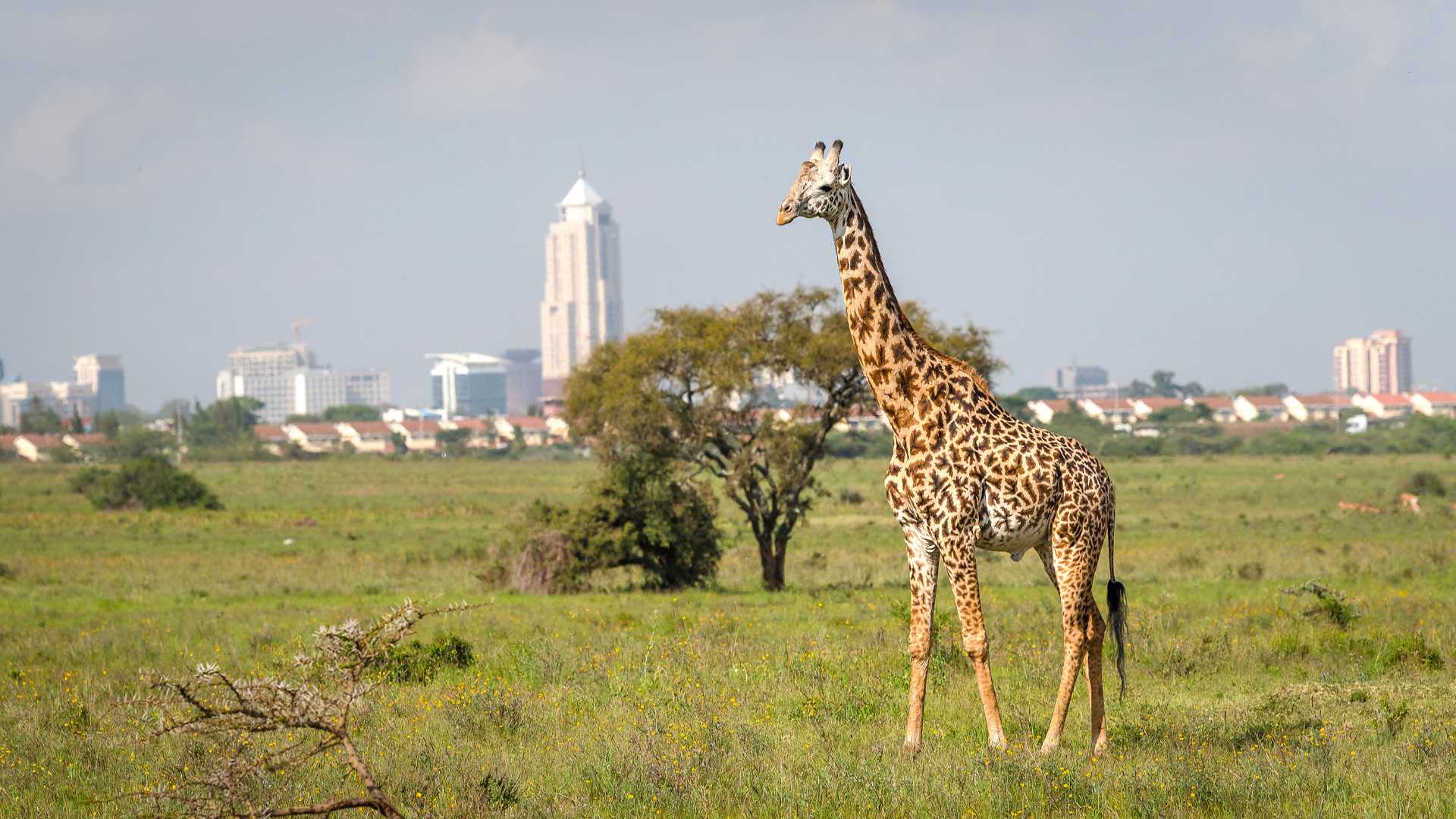
I had come to Nairobi the day before to study the capital of Kenya, a country that has become the poster child of growth in Africa. Like many other tourists, I chose to visit the national park first. It was there that I saw the signs of a growing nation reflected in the newly built railway line that replaced the old “Lunatic Express,” as the previous Mombasa to Nairobi train is usually known. “Why so?” I asked Jackie, my colleague later that evening. “It was a colonial gift from the time of British East Africa,” she said, reminding me of the rail network that we inherited in India. “Many workers were brought from India to build the railway,” Jackie continued. “The line was named so as many of the workers were killed by man-eating lions in those days.”
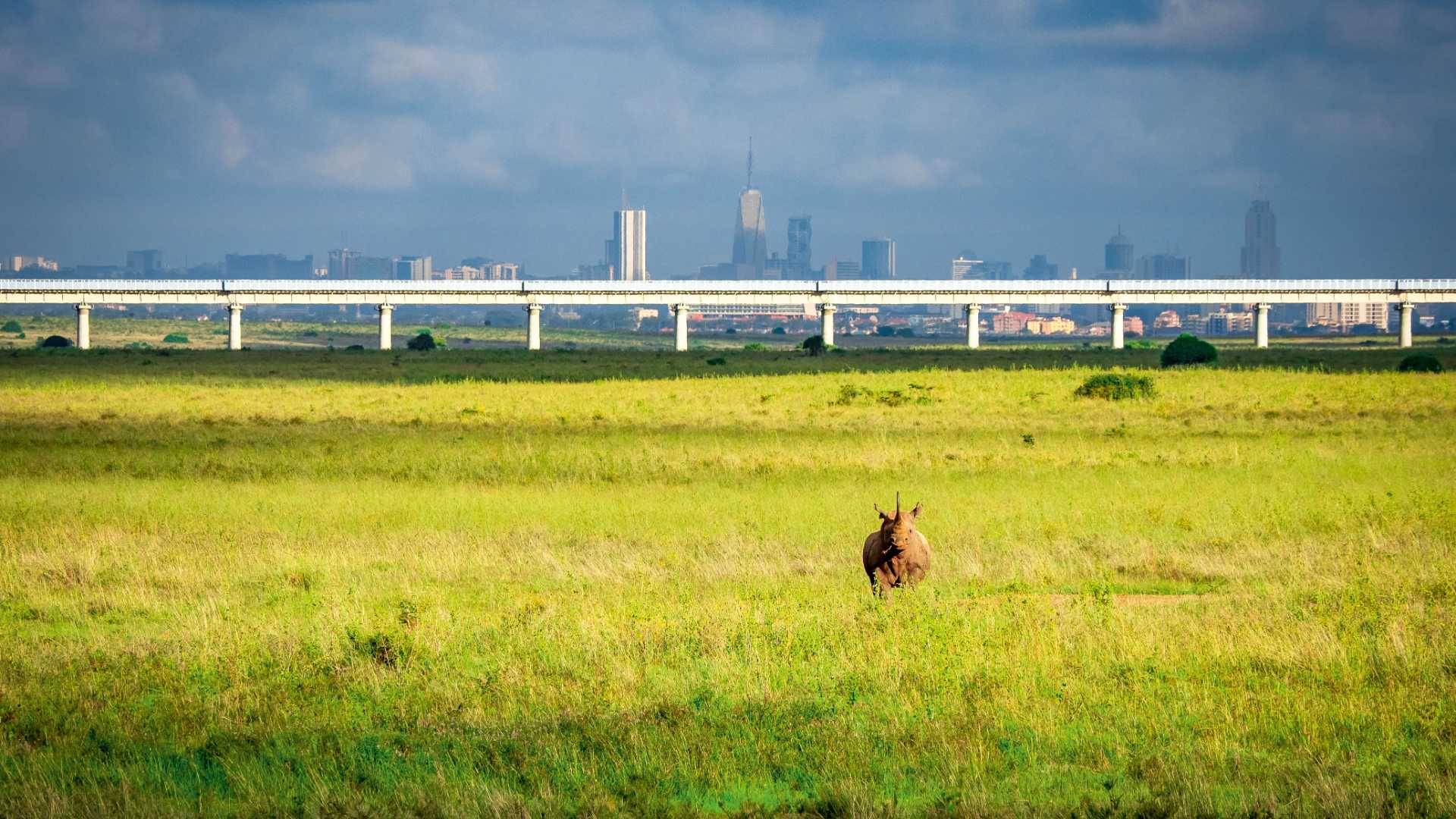
Those migrants from the subcontinent stayed back, and integrated with the society after Kenya’s independence in 1963. The community—majority of them tracing their ancestry to Gujarat and Punjab—has since then flourished. The 50,000 Kenyans of Indian descent have now been recognised as the 44th tribe in the country, and are involved in the social, economic, and political life of the country. “You should try the Indian food here. They say that it’s one of the best you can find outside India. Even better than in London!” Jackie said with a smile as we waved goodbye.
There is no better place to try Indian food in Nairobi than the Diamond Plaza food court in the city’s Indian quarter. Diamond Plaza is a mall in a neighbourhood of Nairobi populated predominantly by second generation Indians. In a somewhat worn-down food court, one can find many Indian restaurants. Thanks to the flourishing Gujarati community, there are several vegetarian options as well. Being a vegetarian, I settled for a naan and chana masala, which for 900 Kenyan shillings (roughly INR 600) turned out to be cheaper than what I would have paid in Delhi for a meal of a similar quality.
Nairobi, situated only 140 kilometres south of the equator, calls itself as the ‘Green City in the Sun’ for the obvious reason that there’s sunlight almost throughout the year. Though it was July, and hence winter in the southern hemisphere, Nairobi was pleasantly warm. I wouldn’t have dared to visit during the summer months, but it turns out that summer is bearable in Nairobi. Like most African capitals, this city is also built in the mountains and the altitude of 1,800 meters keeps it cool during peak summer.
Once outside, I began to study the city more carefully. Walk long enough and you can make out the hills that mark the city. On the first look, it seemed that almost everything is newly constructed in the capital. Like any other emerging market capital, there are a lot of people on the streets, leading to fierce traffic. To counter this rush, there are breathing spaces in the form of flowering trees and small gardens. Nairobi comes across as a planned city. There are shopping malls, luxury apartment buildings, and shiny new office buildings sprouting everywhere. But walk a little further and onto the side streets in the suburbs, and that’s where the corner shops appear. They punctuate almost every street corner very much like the kirana stores back in India. A majority of the city’s population shops in these small stores. Even milk is bought loose from what the Kenyans refer to as ‘milk ATMs’, which are hole-in-the-wall setups selling milk.
Here, in these bylanes, the dichotomy between the newly built, eye-catching Nairobi and old town from where it emerged is clearly visible. While there are shiny Land Rovers and luxury cars in abundance on the streets, cruising through the roads of this capital city are also graffiti-painted vans called matatu. There are roughly 300,000 of them in Nairobi alone. Their sides are plastered with Bible’s verses in vibrant fonts. These matatus are owned privately and are the preferred mode for local Kenyans for their daily commute. Watching the paintings on these matatus is a way to understand the prevailing trends as well. During my time in Nairobi, I saw the sides of these vans painted with the faces of the leading candidates for the upcoming elections, emerging rappers, and of course, football stars. “A matatu is like a newspaper,” a corner shop owner told me as I stood beside his shop watching them pass by. Commuting in a matatu is cheaper than hailing a taxi and a single trip usually costs around INR 10. Tired of roaming around in dusty streets, I sat in one of them running on a fixed route that would bring me back to the city centre.
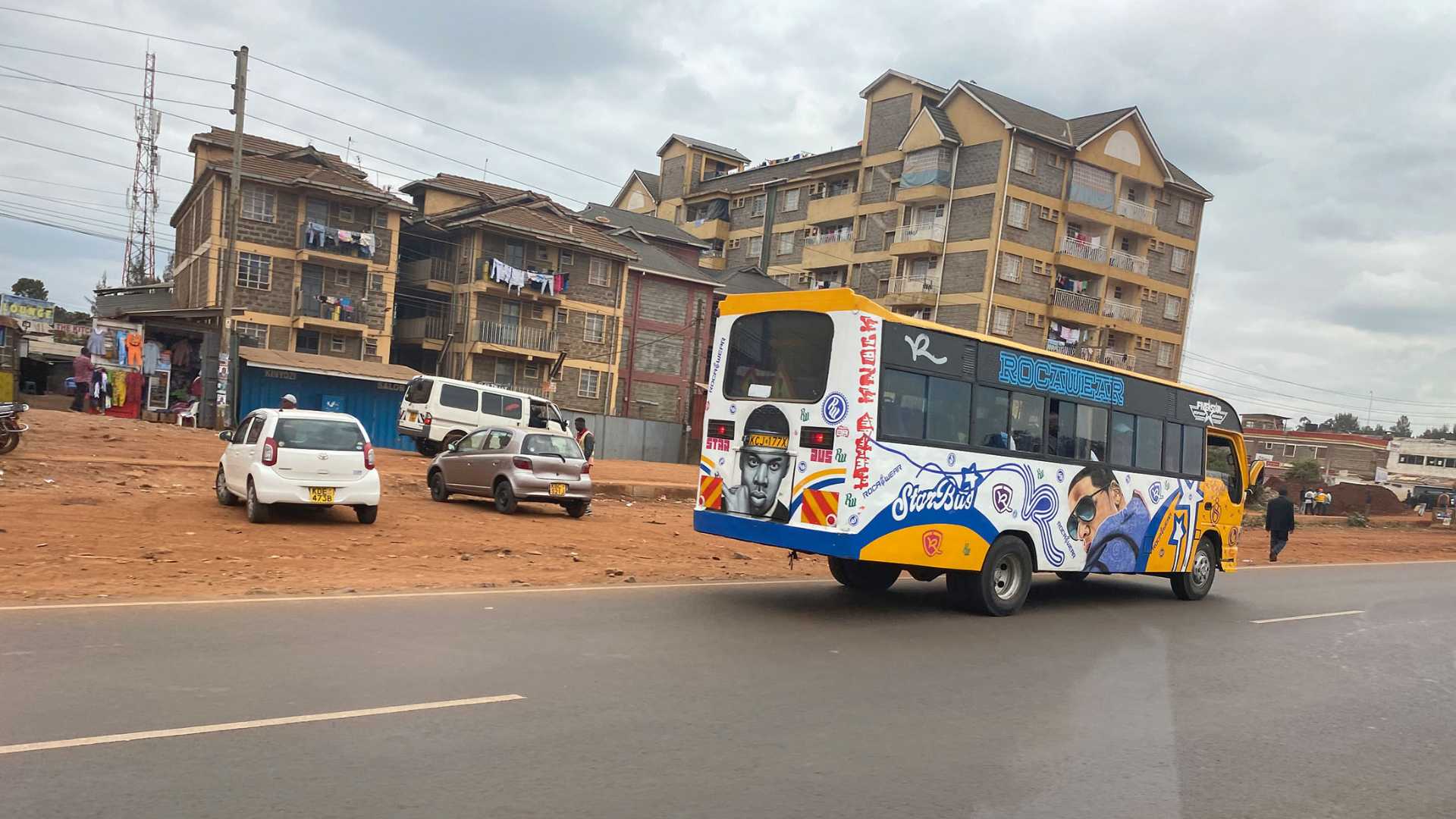
Dusk had begun to settle in as I made my way to the centre. The streets were beginning to swell with people leaving from work; the sides of these streets were gearing up to serve food to them. I had a dinner invite from my local friends. It was in a restaurant in one of the posh neighbourhoods of Nairobi. I decided to hail an Uber to this place, for no matatu goes there.
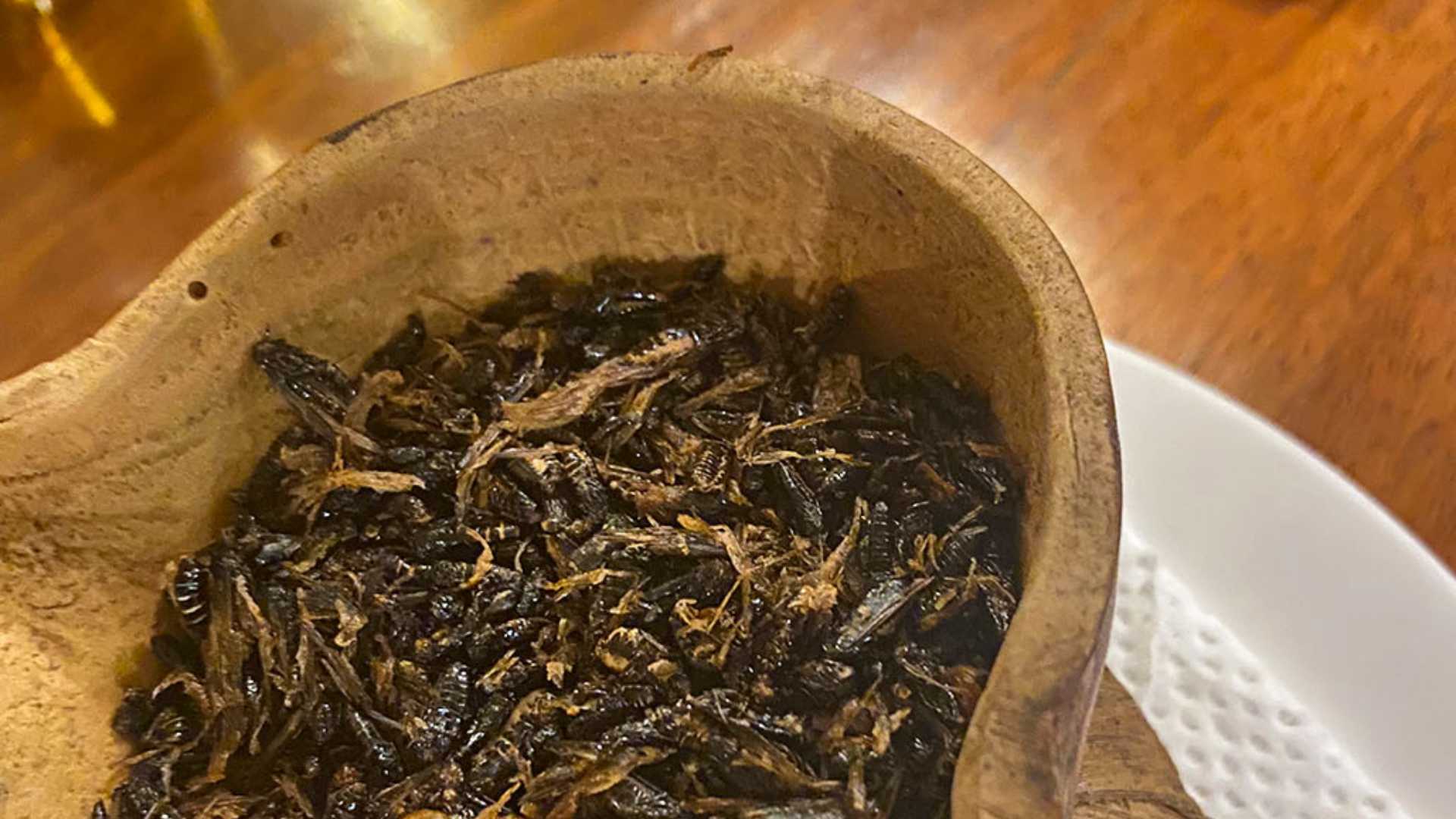
At the formal restaurant, perched on a hill, I sat with local delicacies that my friends recommended. There were wild mushrooms and bambara nuts (local groundnuts) for me, along with vegetables. My friends snacked on tsiswa, a dish of fried white ants gently sprinkled with salt. Around me were well-dressed, sophisticated Kenyans debating the upcoming elections and how the debt from China is dragging the economy down. My mind though was still stuck in the streets that I had left behind. I couldn’t erase the dichotomy that I had witnessed— building a train track against preserving nature, exclusive Land Rovers amidst loud matatus, posh malls against milk ATMs.
Nairobi came across as a city that’s enduring growth pangs. How it develops and addresses the challenges it faces will serve as a template for other African cities, for none seem as advanced as Nairobi. It’s a city that I will come back to again for more lessons. With that resolve, I picked the fork and dug into my bowl of pickled vegetables and joined the sound of soft laughter that had now filled the restaurant room.
Getting to Nairobi
Ethiopian Airlines flies from Delhi and Mumbai to Nairobi via Addis Adaba.
Stay
Sankara Nairobi, Autograph is located near attractions like The Village Market and Nairobi National Park. Doubles
from INR 24,15
Eat
Haandi, an Indian food chain from the UK, has a branch in Nairobi, and offers good Indian food.
Amaica The Restaurant on Peponi Road in Westlands offers authentic Kenyan food. If you are adventurous, try the fried ants’ dish tsiswa here.
The Talisman restaurant offers a range of African and Indian specialities and is a well-known meeting place for the local gentry.
Related: Here Are The 5 Best City Hotels In Africa, Chosen By T+L Readers


